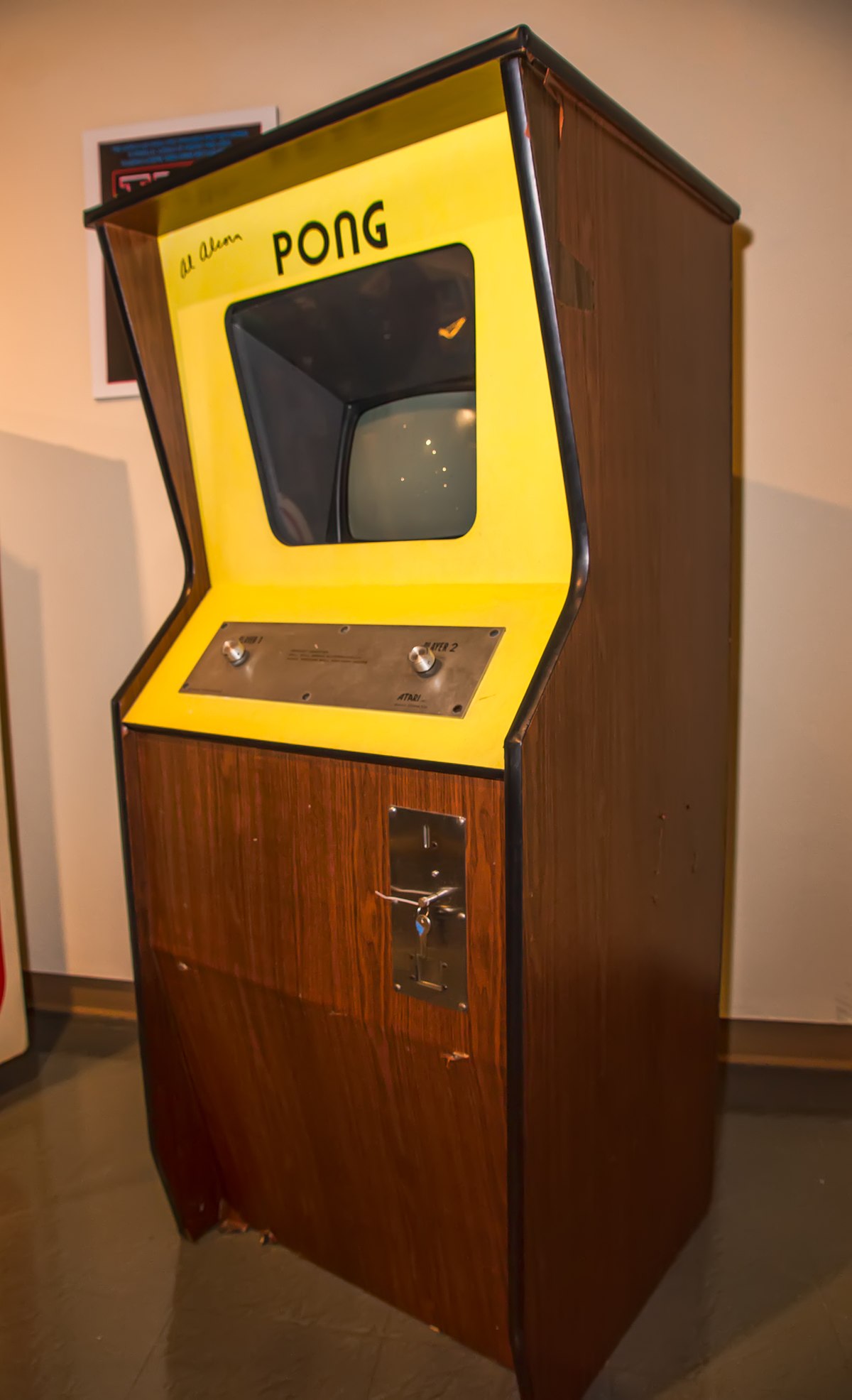
Back in Nov. 29, 1972, the first ever commercial video game was released from Atari under the name “PONG.” As one can imagine, the graphics weren’t exactly flashy and the gameplay was simplistic, but nevertheless, it was completely groundbreaking for time. Sure, just a few years before NASA had used computers with the power of a calculator to send humans to space, but now the everyday consumer could manipulate pixels on a screen!
A little known fact about PONG and retro gaming in general is that the actual first home gaming console was the Magnavox Odyssey, which sold for $99 USD at the time; it was released in September 1972. The Odyssey was a lot less technologically capable, with physical plastic overlays on television screens acting as the graphics, and singular dots were the only thing the player could move. One of the many small games that came with the system was a ping-pong style game, which served as Atari’s inspiration for PONG.
After a couple of years of PONG, the Odyssey, and several other PONG-inspired knock-offs on the market, Magnavox decided to take advantage of its front running position in the games market and started suing. They sued Atari for “copying” their game, even providing proof that the PONG creator had actually played the Odyssey version before the Atari version came out. Atari settled the dispute out of court.
Since the humble beginnings of two low-resolution rectangles acting as paddles, gaming has come a very long way. Year after year, little improvements are made to the industry’s standards. After PONG came Space Invaders, then Mario, then GoldenEye, and now we carry mini gaming systems in our pockets and only tolerate graphics in modern games that are ultra realistic. Gaming is no longer seen as a boy’s day out at the arcade; almost everyone does it and this is being reflected in western culture shaping itself through the influences of popular games, all kick-started with the success of PONG.






























